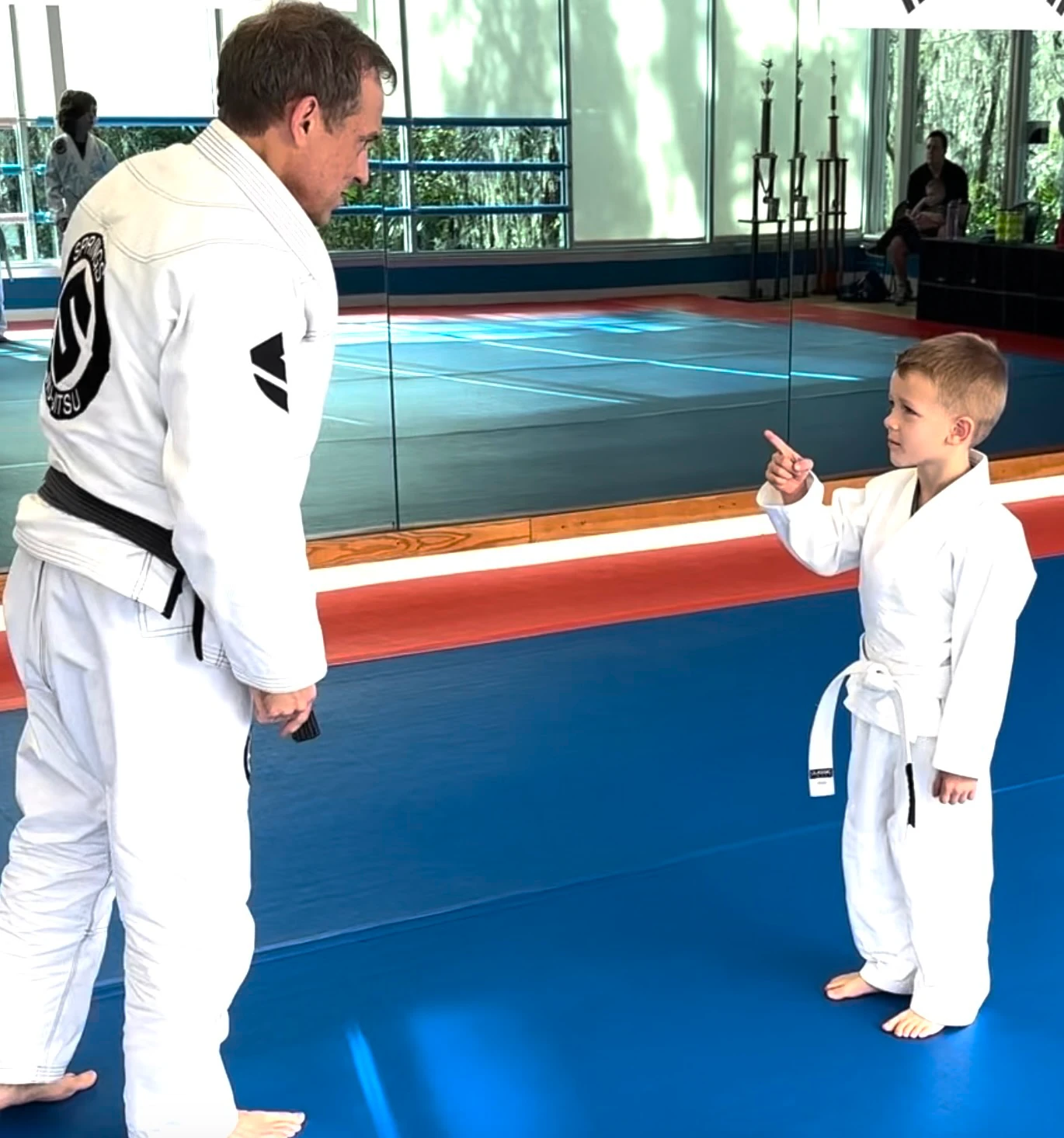Bullying remains a prevalent issue in schools worldwide, affecting millions of children every year. While various methods exist to address this problem, one particularly effective approach is teaching kids Gracie Jiu-Jitsu. More than just a martial art, Gracie Jiu-Jitsu empowers children with essential life skills, boosts their confidence, and equips them with practical tools to handle bullying situations effectively.
Understanding Bullying
Before delving into the significance of Gracie Jiu-Jitsu, it's crucial to understand the nature of bullying. Bullying encompasses various behaviors, including physical aggression, verbal abuse, social exclusion, and cyberbullying. Victims of bullying often experience profound emotional distress, leading to anxiety, depression, and even physical harm.
Empowerment Through Gracie Jiu-Jitsu
Gracie Jiu-Jitsu, developed by the Gracie family in Brazil, emphasizes leverage and technique over strength and size. This martial art is particularly well-suited for children because it doesn't rely on physical prowess but instead focuses on strategy and skill development. Here's why Gracie Jiu-Jitsu is so impactful in preventing bullying among kids:
1. **Self-Defense Skills**: Gracie Jiu-Jitsu teaches children how to defend themselves in real-life situations effectively. By mastering techniques like takedowns, joint locks, and submissions, kids can neutralize physical threats from bullies without resorting to violence.
2. **Confidence Building**: Confidence is key to deterring bullies and handling confrontations assertively. Through regular training and practice, children develop confidence in their abilities, both physically and mentally. This newfound self-assurance often acts as a deterrent to bullies, who tend to target those they perceive as vulnerable.
3. **Conflict Resolution Skills**: Gracie Jiu-Jitsu emphasizes the importance of de-escalating conflicts whenever possible. Kids learn to remain calm under pressure, assess the situation, and use verbal communication to defuse tense encounters. These conflict resolution skills are invaluable in navigating bullying situations and fostering positive relationships with peers.
4. **Empathy and Respect**: Respect is fundamental in Gracie Jiu-Jitsu, where practitioners learn to treat their training partners with dignity and kindness. By fostering empathy and respect towards others, children develop a deeper understanding of the impact of their actions and words. This heightened awareness can prevent them from engaging in bullying behaviors themselves and encourage them to stand up for others who are being bullied.
5. **Emotional Regulation**: Bullies often target children who display visible signs of fear or distress. Gracie Jiu-Jitsu teaches kids how to manage their emotions effectively, remaining composed and focused even in stressful situations. By learning to regulate their emotions, children become less susceptible to bullying tactics and more capable of responding calmly and rationally.
Conclusion
Gracie Jiu-Jitsu offers far more than just physical self-defense techniques—it provides children with a comprehensive toolkit for navigating the complex social dynamics of bullying. By instilling confidence, teaching conflict resolution skills, and promoting empathy and respect, Gracie Jiu-Jitsu empowers kids to stand up for themselves and others in the face of adversity. As we continue to address the issue of bullying in schools, integrating Gracie Jiu-Jitsu into anti-bullying initiatives can play a vital role in creating safer and more inclusive environments for all children.

